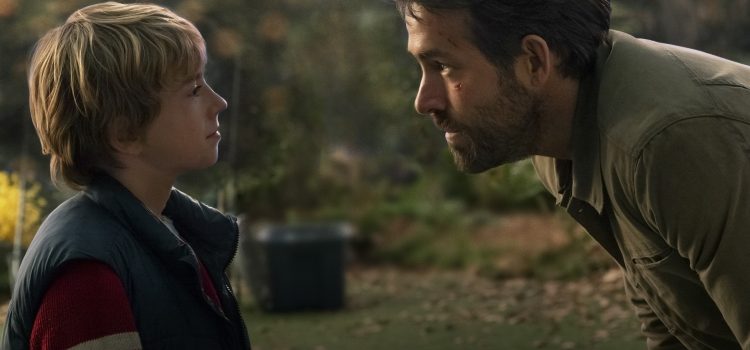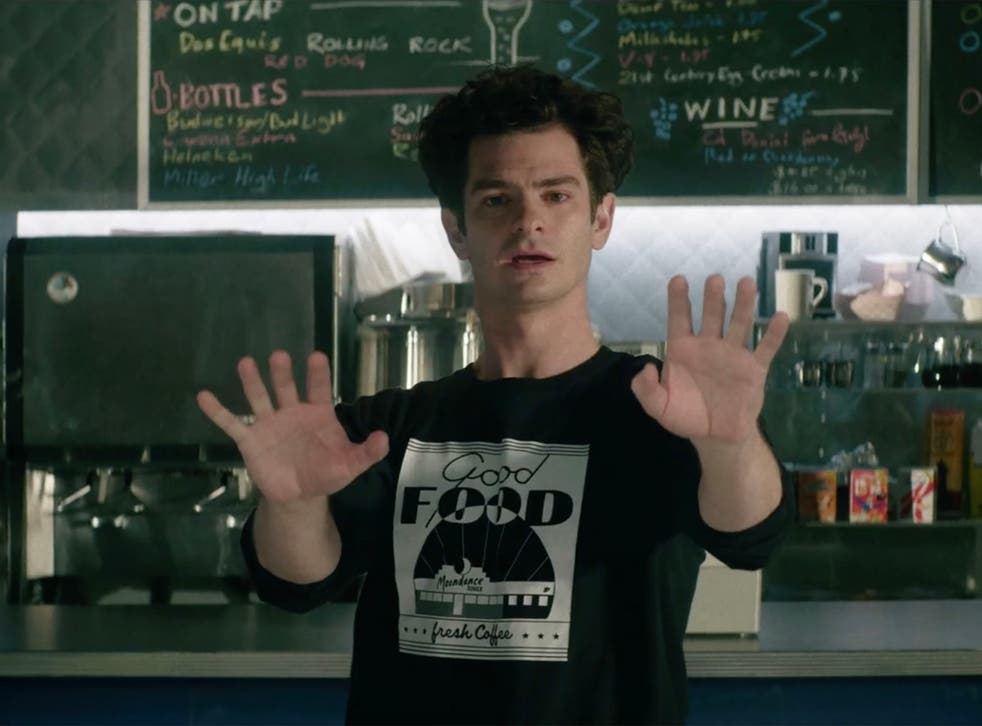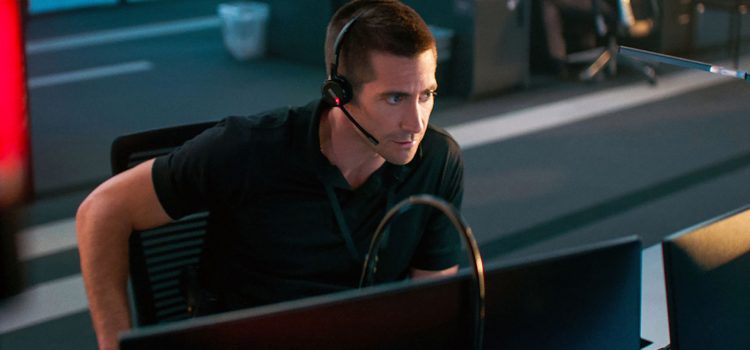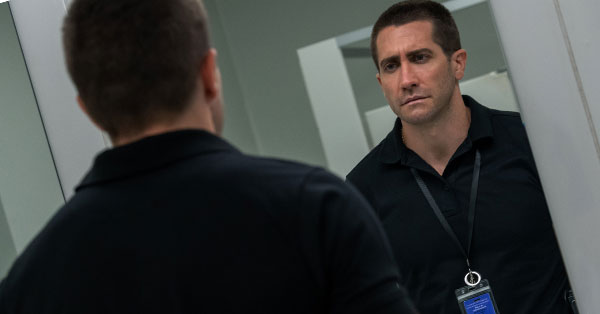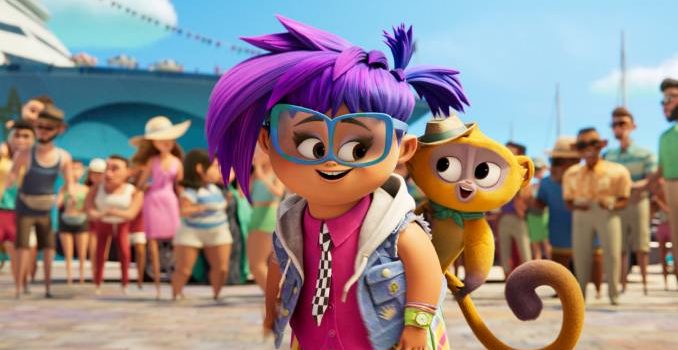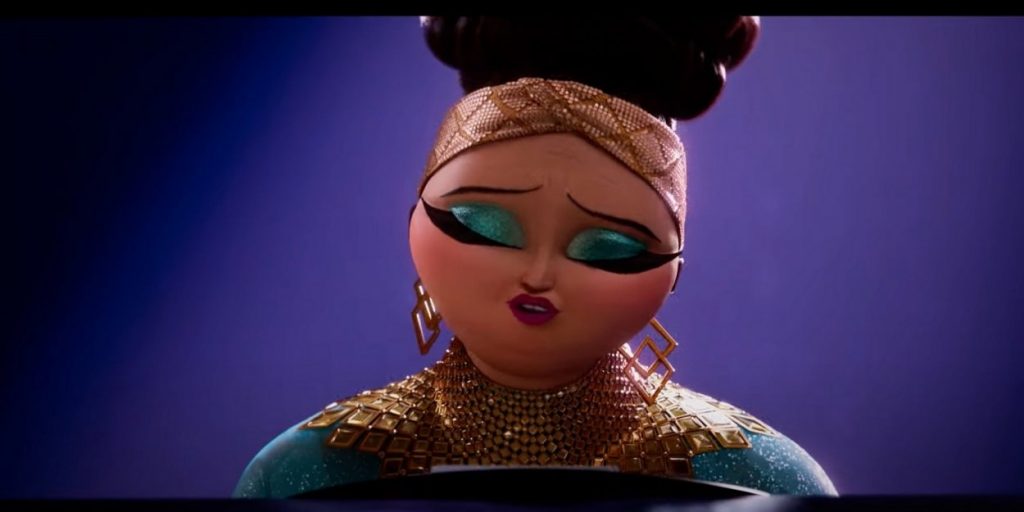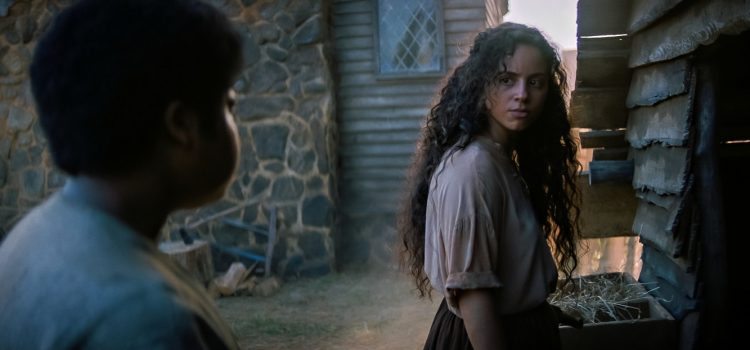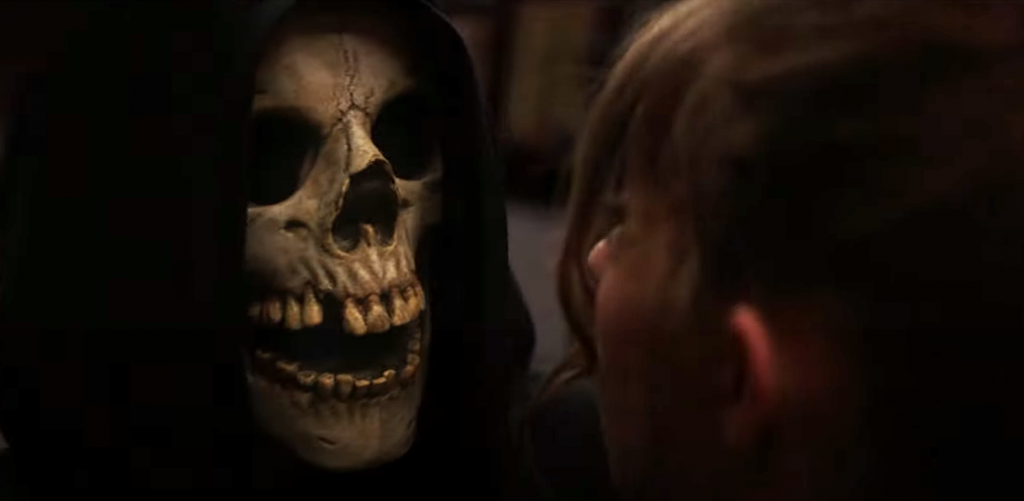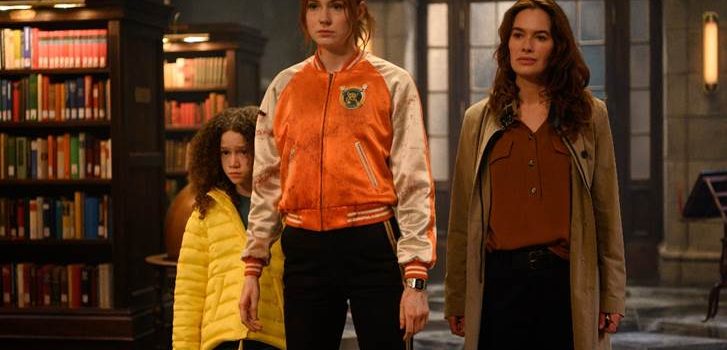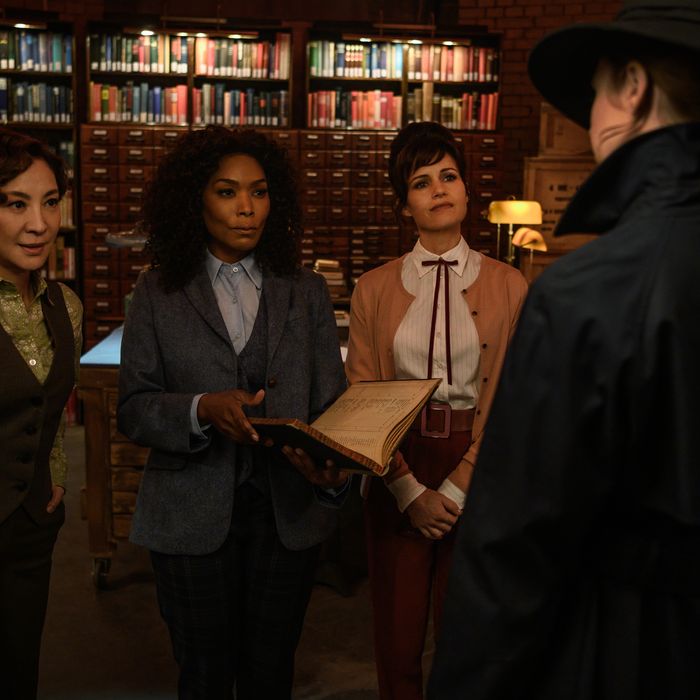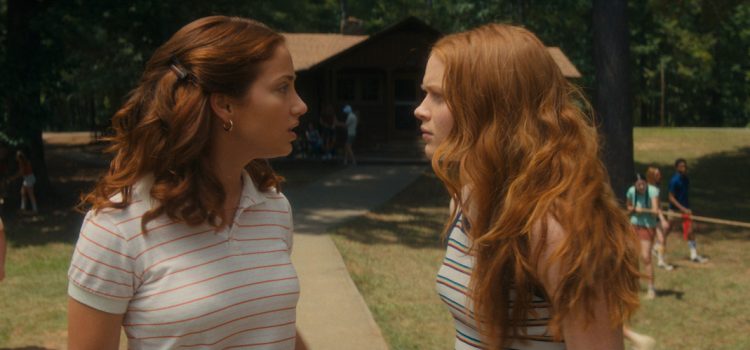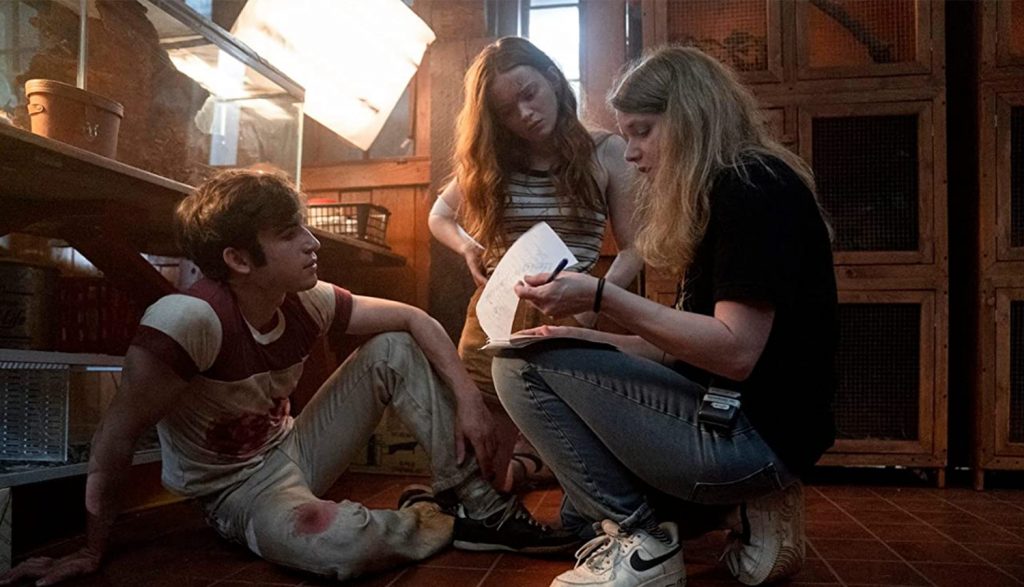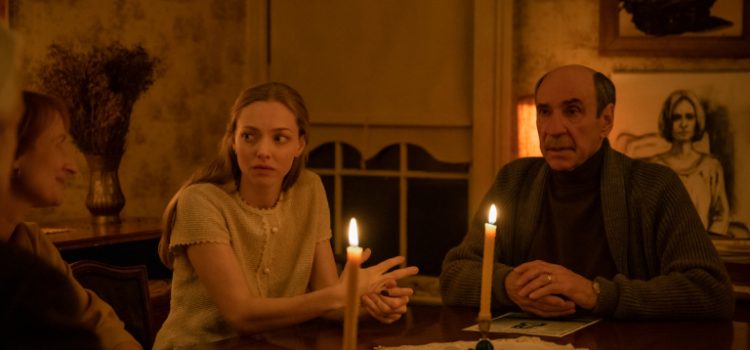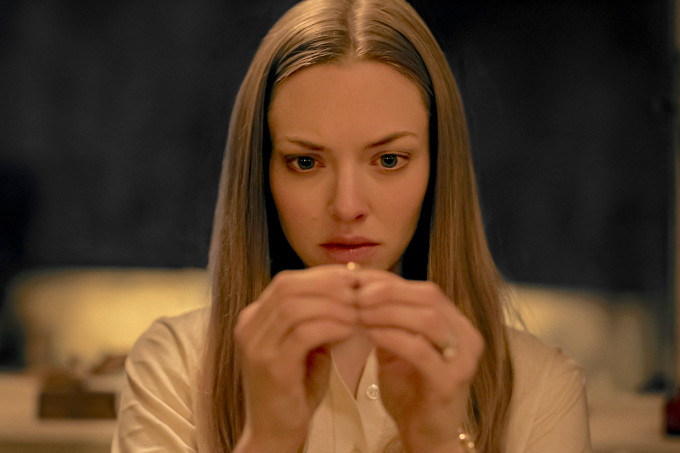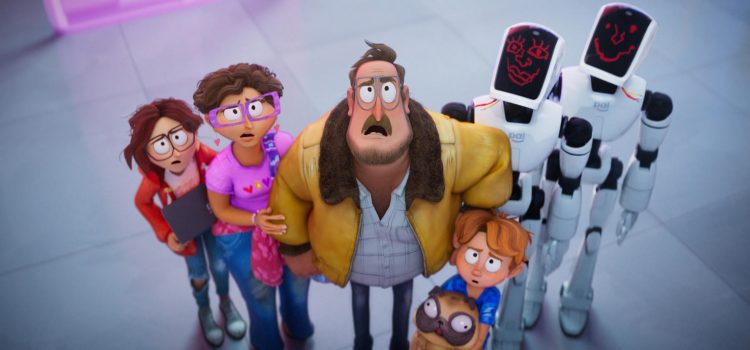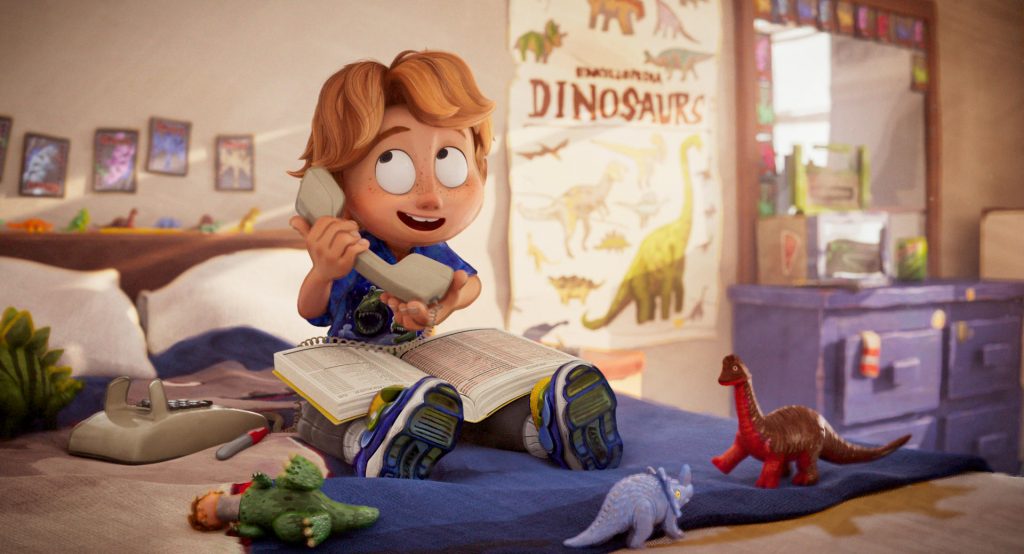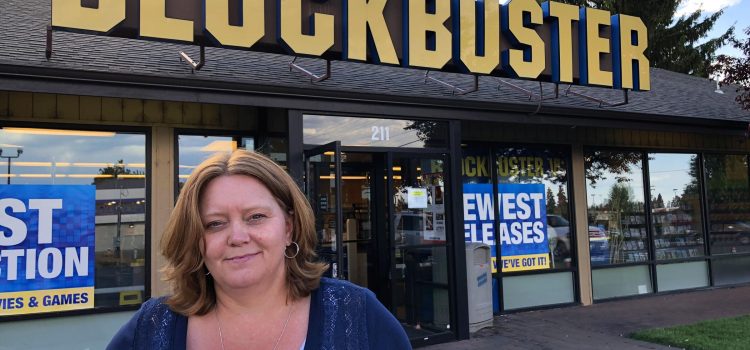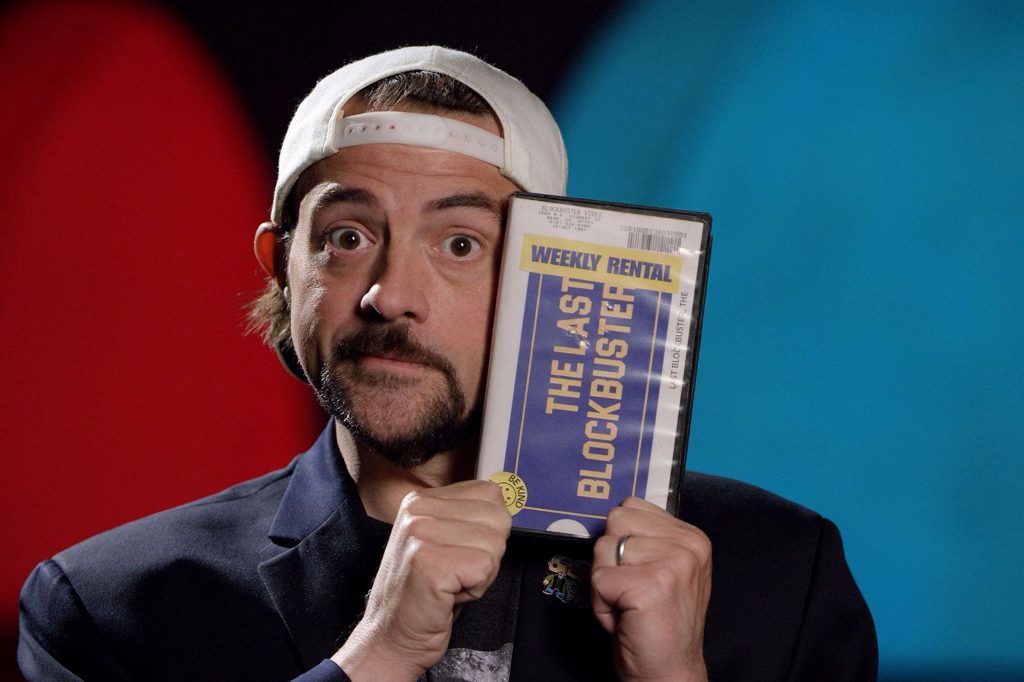By Lynn Venhaus
With nods to “Back to the Future,” “The Terminator” and “Field of Dreams,” not to mention a 1949 hit song “Enjoy Yourself (It’s Later Than You Think)” by Guy Lombardo and his Royal Canadiens, “The Adam Project” has a familiar but fun retro vibe that relies on its gifted cast to save the day.
This personality-driven science-fiction drama is a combo plate of movie themes set in a sci-fi time-travel world. The action is more video game than epic but has a sincere emotional center, working in a grieving family’s healing.
Pre-teen Adam Reed is small for his age but is quick with quips, and trying to cope with the death of his science professor dad Louis (Mark Ruffalo), who may have accidentally created time travel, as is his exasperated mom Ellie (Jennifer Garner). While home alone, a spacecraft lands in his backyard, piloted by his now-40-year-old buff self (Ryan Reynolds). “Big Adam” has come back from 2050 to find his endangered wife Laura (Zoe Saldana) but was aiming for 2018. They must work together to save the world, each other and strengthen their family ties.
Reuniting cheeky monkey Ryan Reynolds with his “Free Guy” director Shawn Levy, who has a knack for crowd pleasers (“A Night at the Museum,” “Stranger Things” TV series), this film capitalizes on the star’s strengths.
Reynolds, who looks like the Homecoming King but acts like the class clown who’s on the honor roll, rapidly delivers sarcasm and wisecracks in a jaunty way. He easily slips into renegade roles. Both Reynolds and Levy are producers here, and they demonstrate a collaborative spark (just announced that they will work on “Deadpool 3” together).
As Adam Reed, once a scrawny, nerdy kid with nimble verbal skills who grows up to be a buff fighter pilot, Reynolds quips and cajoles with the skills he’s shown in “Deadpool,” “Red Notice” and last summer’s surprise hit “Free Guy.”
He meets his match when he comes face-to-face with smart young Adam, his 12-year-old self in 2022 — Walker Scobell making his film debut, who is truly Reynolds’ mini-me. Together, they are very entertaining and use their powers for good.
It gets a little head-trippy when they go back to 2018, “Big” Adam’s intended target, and their dad is still alive. They have reason to believe his tech project financier Maya Sorian (Catherine Keener) is an unethical megalomaniac with only dollar signs in mind. Despite a brief appearance, Mark Ruffalo’s scruffy workaholic professor lends both gravitas and heart to the story.
Relatable Jennifer Garner plays Ellie Reed, Adam’s overwhelmed widowed mom, while Zoe Saldana, who knows a thing or two about sci-fi, having been in “Avatar” and the “Guardians of the Galaxy” series, effortlessly appears as Adam’s fierce warrior wife Laura, who has been missing and presumed dead.
That’s the thing about time travel – logic goes out the window, and the more you think about connecting the dots, the more your head hurts. Your brain needn’t work that hard about wormholes, quantum leaps, electro-magnetic particles, and time streams.
Four screenwriters are credited, starting with Jonathan Tropper, who adapted his novel for the 2014 film “This Is Where I Leave You,” starring Jason Bateman, Adam Driver, Corey Stoll and Tina Fey as siblings sitting shiva after their father’s death, which was directed by Levy.
T.S. Nowlin, who wrote “The Maze Runner” series, and Jennifer Flackett and Mark Levin, who were Emmy-nominated for the “Big Mouth” animated series, were brought on board.
The dialogue is zippy and the action has genuine peril, although Sorian’s henchmen look more like Daft Punk than Stormtroopers.
As is the digital-age custom – and following James Gunn’s lead in the “Guardians” movies, all action scenes are accompanied by radio-friendly classic rock hits. There’s Boston’s “Long Time,” Led Zeppelin’s “Good Times Bad Times” and Spencer Davis Group’s “Gimme Some Lovin’” – sense a time theme? That clever touch carries over to a scene when you can discern Cyndi Lauper’s “Time After Time” as the instrumental music heard in the drug store.
The past meets the future – or is it the future meets the past? — in this amiable film, but the sci-fi takes a back seat to the family story that matters more, illustrated by a dad playing catch with his sons. As “Field of Dreams” still shows to this day, when grown men blubber about a baseball field surrounded by cornfields, something so elemental from childhood can be so profound.
“Enjoy yourself, it’s later than you think
Enjoy yourself, while you’re still in the pink
The years go by, as quickly as a wink”
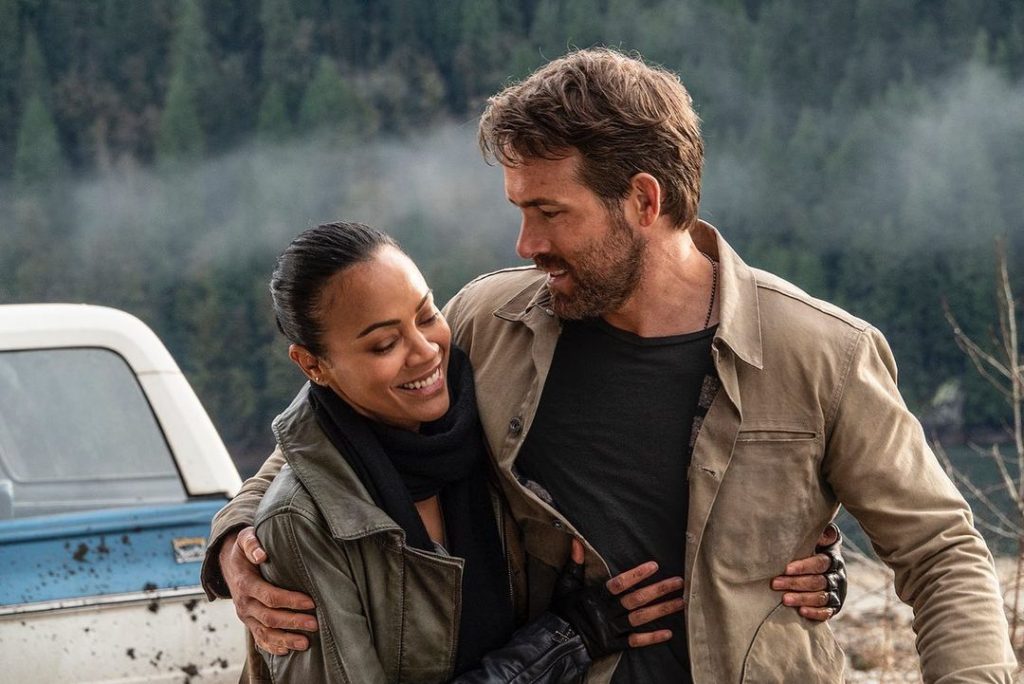
“The Adam Project” is a 2022 sci-fi action-adventure comedy directed by Shawn Levy and starring Ryan Reynolds, Walker Scobell, Jennifer Garner, Zoe Saldana, Mark Ruffalo and Catherine Keener. It is rated PG-13 for violence/action, language and suggestive references and it runs 1 hour, 46 minutes. Streaming on Netflix beginning March 11. Lynn’s Grade: B.

Lynn (Zipfel) Venhaus has had a continuous byline in St. Louis metro region publications since 1978. She writes features and news for Belleville News-Democrat and contributes to St. Louis magazine and other publications.
She is a Rotten Tomatoes-approved film critic, currently reviews films for Webster-Kirkwood Times and KTRS Radio, covers entertainment for PopLifeSTL.com and co-hosts podcast PopLifeSTL.com…Presents.
She is a member of Critics Choice Association, where she serves on the women’s and marketing committees; Alliance of Women Film Journalists; and on the board of the St. Louis Film Critics Association. She is a founding and board member of the St. Louis Theater Circle.
She is retired from teaching journalism/media as an adjunct college instructor.

